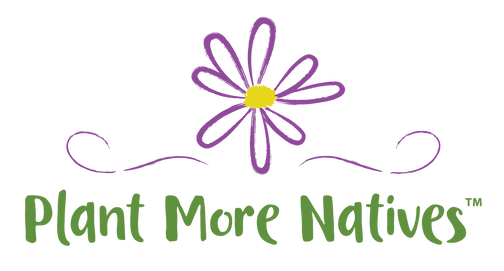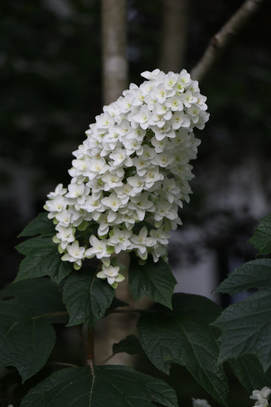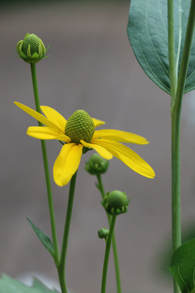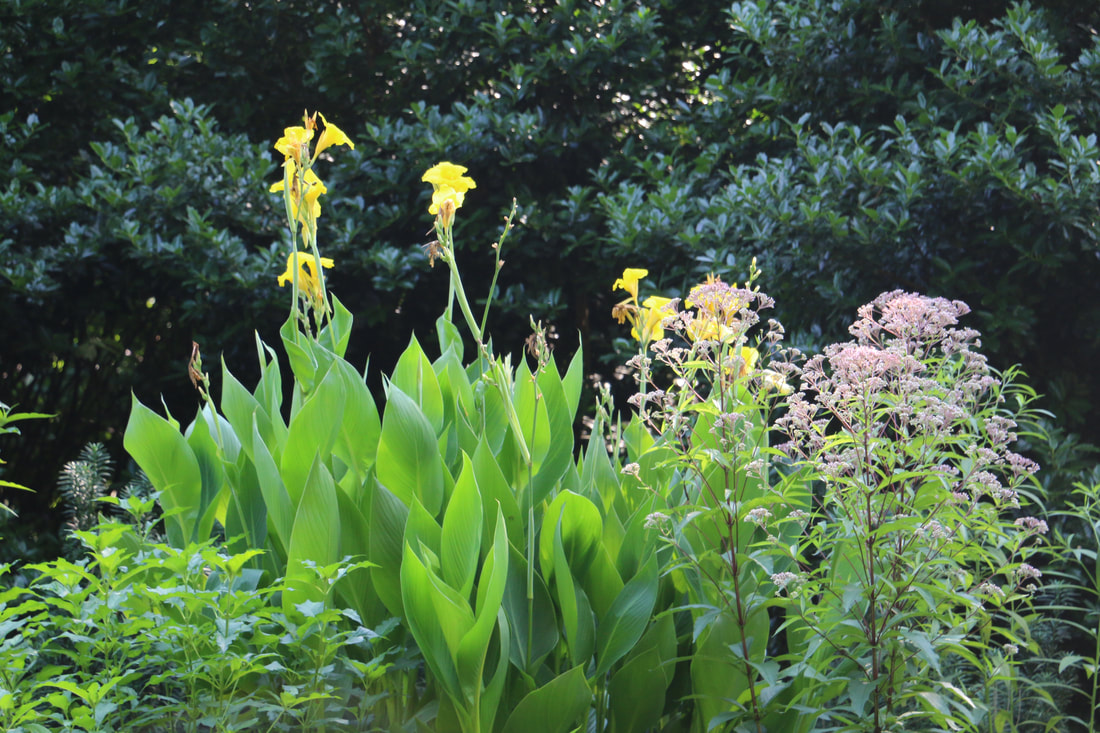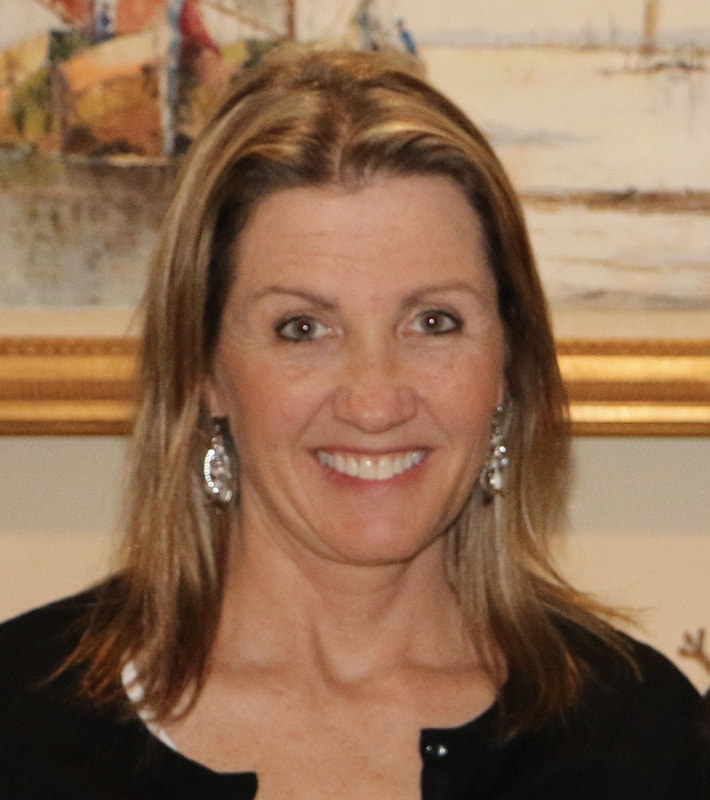Typically, designers spend a lot of time onsite collecting measurements and data, regarding sun, water, and wind exposure, bed lines, focal points, etc., etc. This is all good information for plant selection. But, there's another step. After determining the size of the lawn area and before plant selection, we step back and envision the overall landscape in terms of eventual plant heights and shapes.
Landscape design is more than beautiful plants sited well for the environmental conditions. Good design has to age well. Thinking about mature height is a good place to start.
|
Welcome to my journal. For over 20 years I've created original landscape plans to help homeowners increase property value and really enjoy their yards. I approach every project as an unique opportunity to develop a work of living art, one that will require minimal care and age beautifully with time. In this journal, I will share some of my field experiences and tricks of the trade with you. Feel free to email questions. Thanks for visiting.
Archives
February 2019
|
